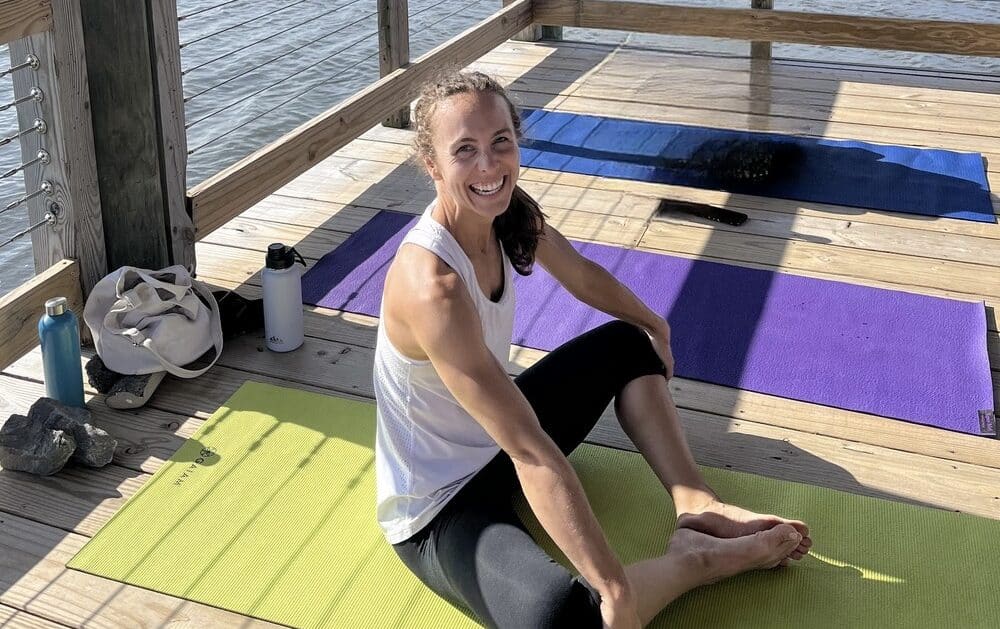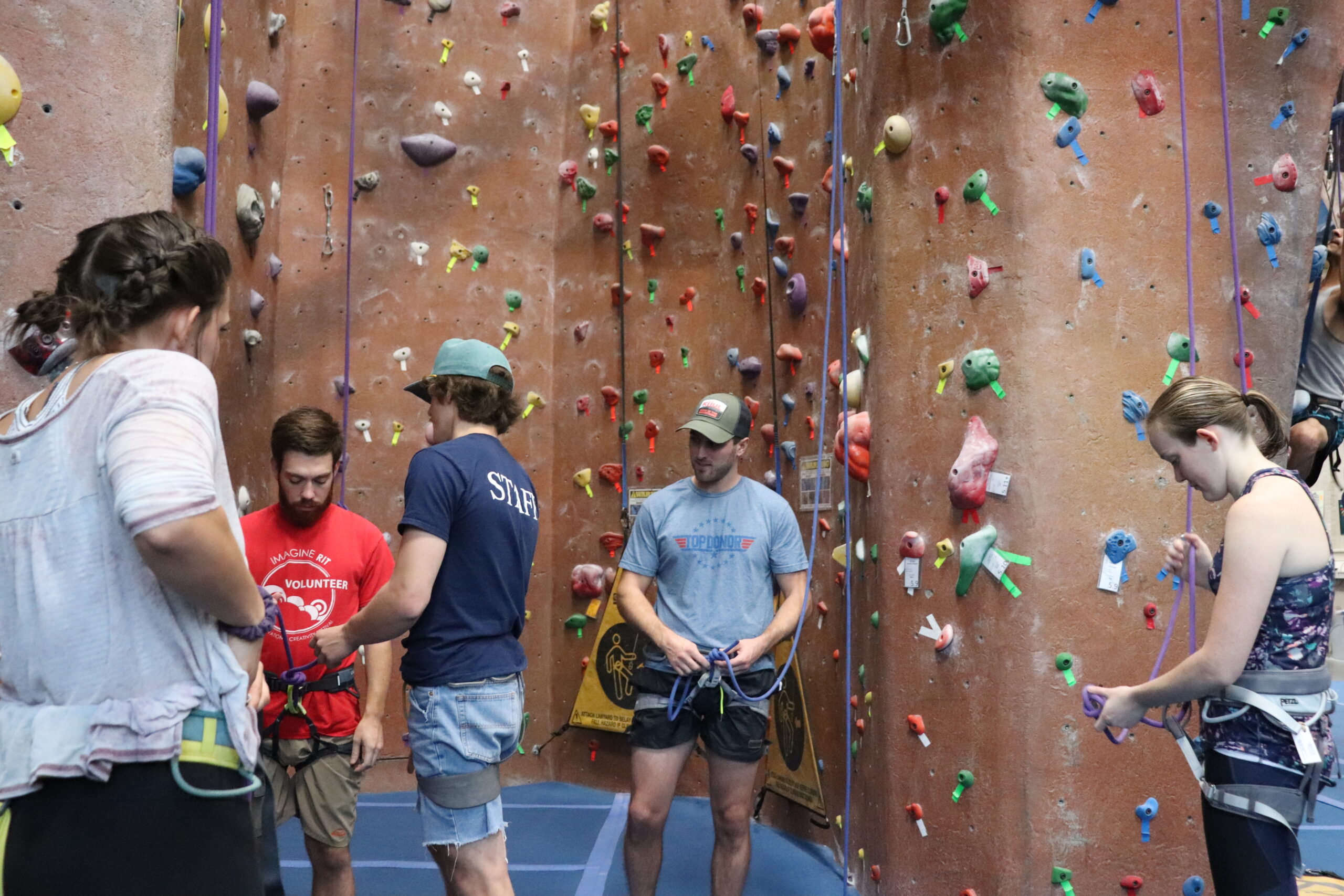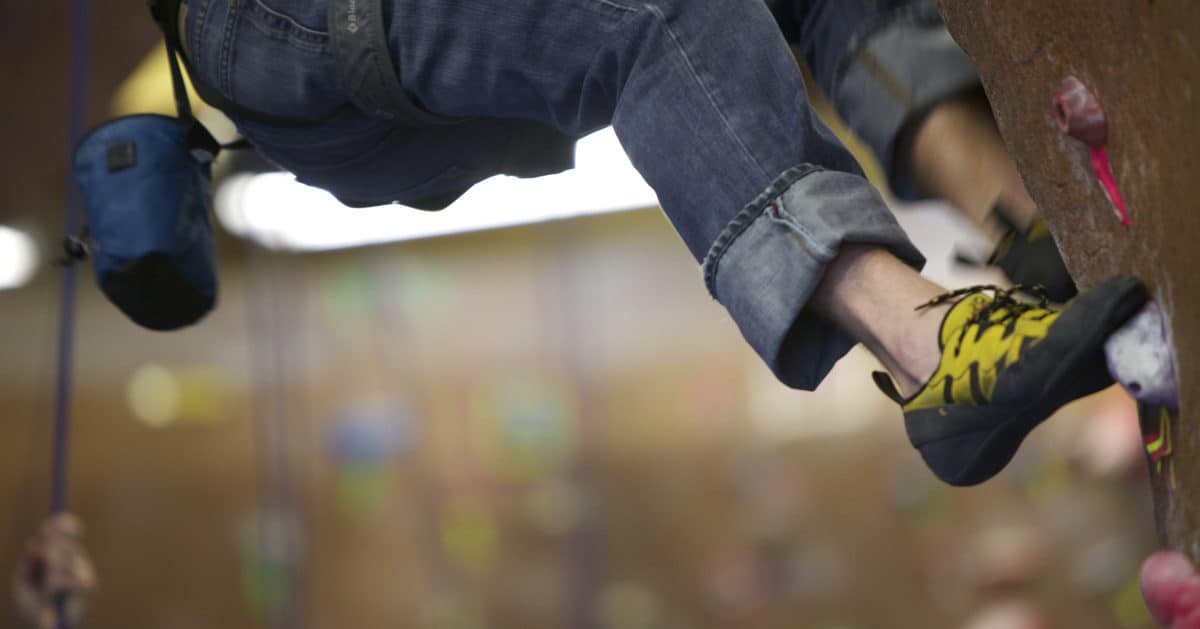Intro
One of the great mountain ranges on the eastern seaboard, the Smokies are truly a sight to behold. They offer far more than sights, though… With over 200 miles of streams, dripping green jungle-like forests (there are more types of plant life in the park than in the entire continent of Europe!), a black bear density of approximately two per square mile, about a dozen waterfalls, 800 miles of hiking trails, 67 species of fish, dozens of campgrounds, and one of the most complex, diverse biospheres in the country, the Smokies offer a truly immersive experience in the raw outdoors.
The Mountains
Peaks like Clingman’s Dome, Mt. Collins, Mt. Kephart, Charlie’s Bunion, Tri-Corner Knob, Mt. Guyot, and Old Black all rise above the 6000’ ft mark and are traversed for more than 70 miles by the Appalachian Trail. In fact, there are over two dozen peaks that rise above the 6000’ mark, and far more rise above the 5000’ mark. Some do not have trails leading to the summits, but the highest (and most popular ones) do. The mountain range divides Tennessee and North Carolina.
Things to Do
Like most national parks, activities you can pursue in the Smokies include just about every and any outdoor staple you could think of: camping, hiking, rock climbing, swimming, fishing, biking, picnicking, horseback riding, and what I simply call “waterfalling.”
Proximity
Asides from Shenandoah, the Smokies are the closest National Park to Roanoke at approximately 4.5 hours away (via the I-81), making them a perfect end-of-summer retreat. Or, you could wait a few weeks and visit them when Fall colors are in full bloom. The great thing about this park, though, is that its enjoyable year-round, no matter which season you visit it in.
Final Words
Beware, though: the surrounding cities of Pigeon Forge and Gatlinburg are absolute tourist traps–particularly in the summer months. Pigeon Forge is largely an extravagant Las Vegas-like fairground lining the road. Gatlinburg exists in a similar vein, although it feels more dense because of the greater pedestrian foot traffic. If you’re the type of person who enjoys truly bizarre roadside attractions everywhere you look, then these are great places to go. If–like me–you’re not, then don’t let this deter you from the wonder of the Smoky Mountains that loom just beyond civilization.
Enjoyment: 4/5
Difficulty: depends on activity – can range from 1/5 to 5/5
Bring: depends on activities – a good, versatile starting point includes hiking shoes, swim trunks, snacks, portable trash bags, a good backpack or two, and water bottles
Price: depends on activities, duration of stay, and where you stay – ranges from free (excluding cost of gas) to several hundred


